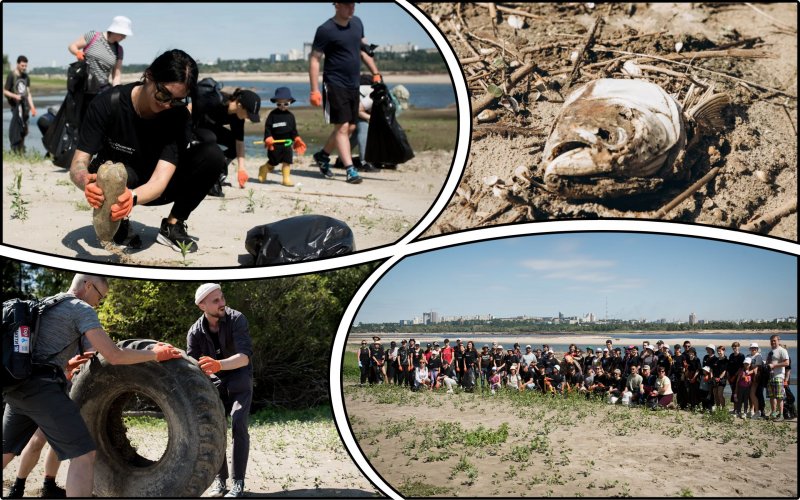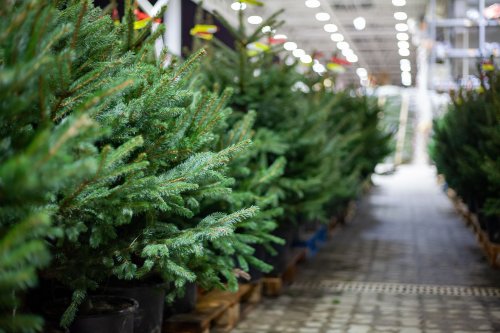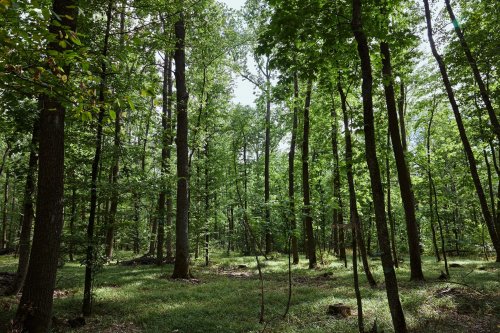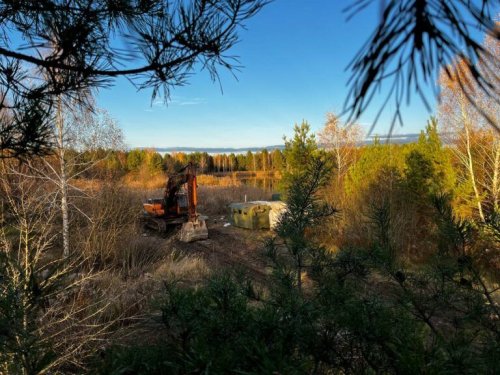In Zaporizhzhia, volunteers collected about 500 kg of garbage from the Khortytsia hydroelectric power station, which was washed ashore after the explosion.
They collected car tires, bottles, cans, fragments of long-sunken boats, the remains of fishing tools, etc., which were at a depth of about 4 meters before the terrorist attack, according to the public organization UAnimals on Facebook.
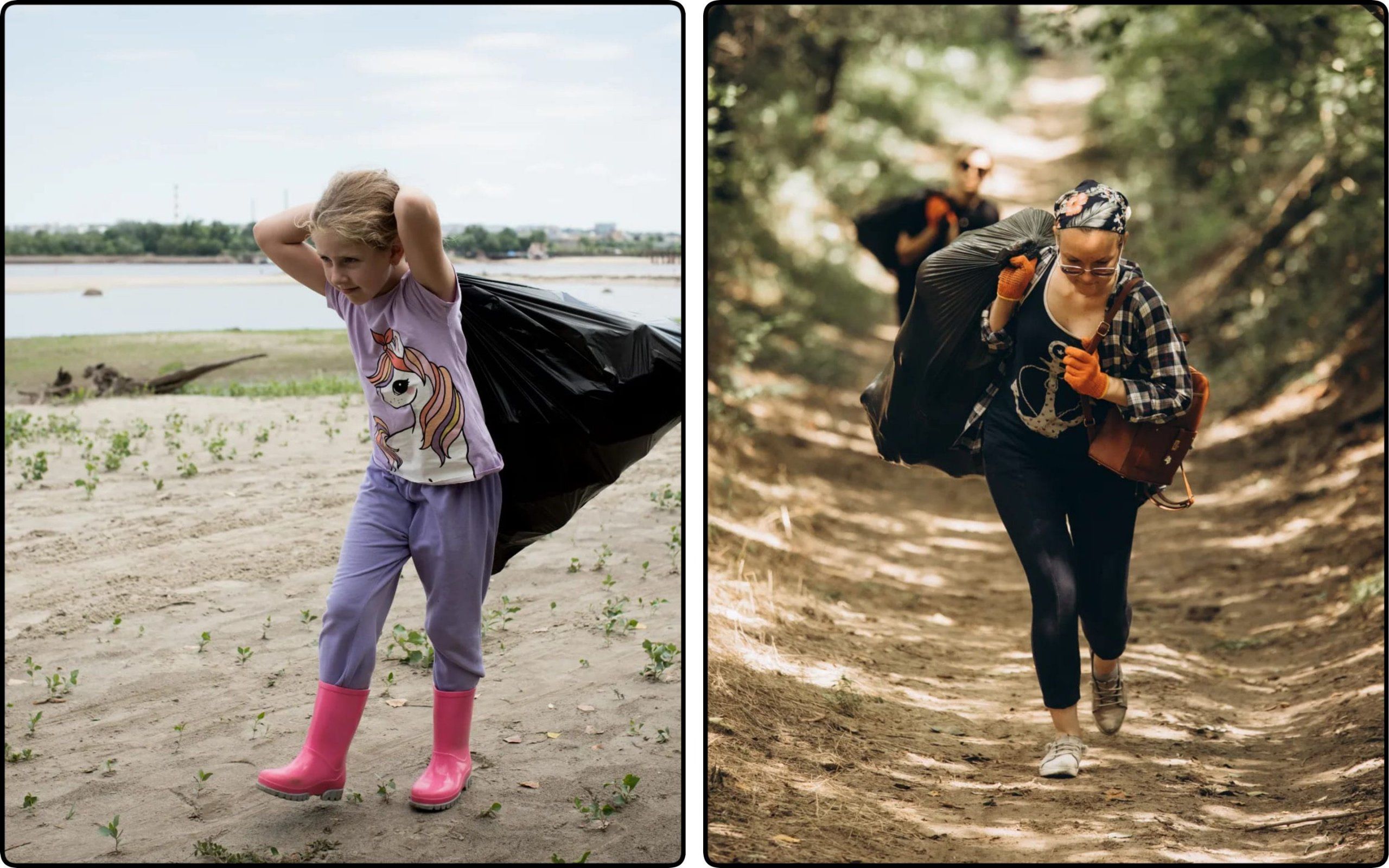
After the explosion of the Kakhovskaya HPP, the water level in the Dnieper fell and about 200 hectares of the beach area, which used to be the bottom, was formed on Khortytsia. Garbage in these areas is dangerous for animals, because they can injure their paws on glass and become entangled in nets.

"We quite often find snakes, frogs, turtles migrating along the shore looking for favorable conditions for life, which die after getting entangled in the garbage. Once a roe deer got entangled in the nets and cut its legs, but luckily it got free and was saved." – said acting head of the nature protection sector of the Khortytsia National Reserve, Mykhailo Mulenko.
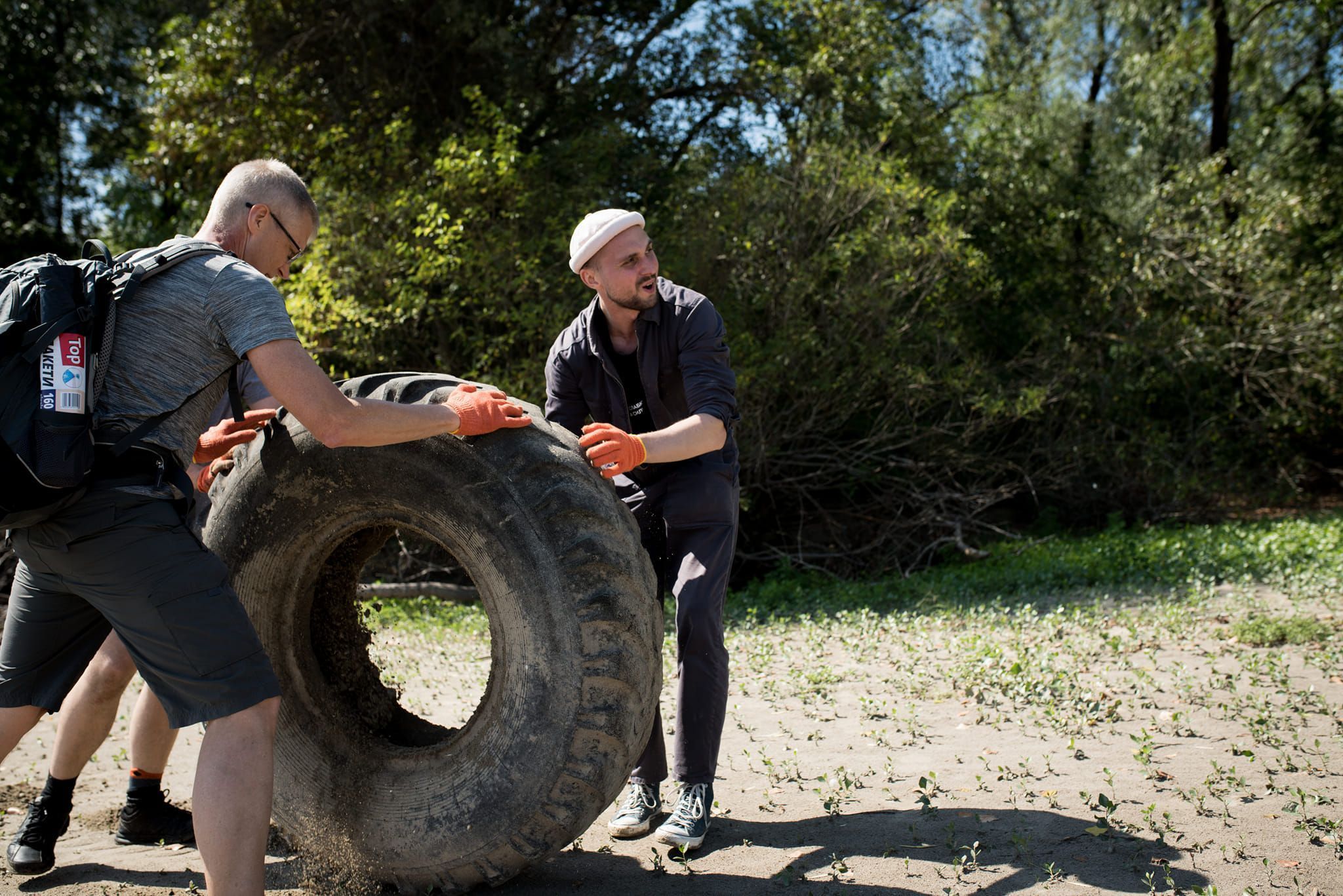
The report said that the action was held on Saturday, July 29. More than 100 volunteers from Zaporizhzhia, Kyiv, Dnipro and other communities joined her, some even came with children.
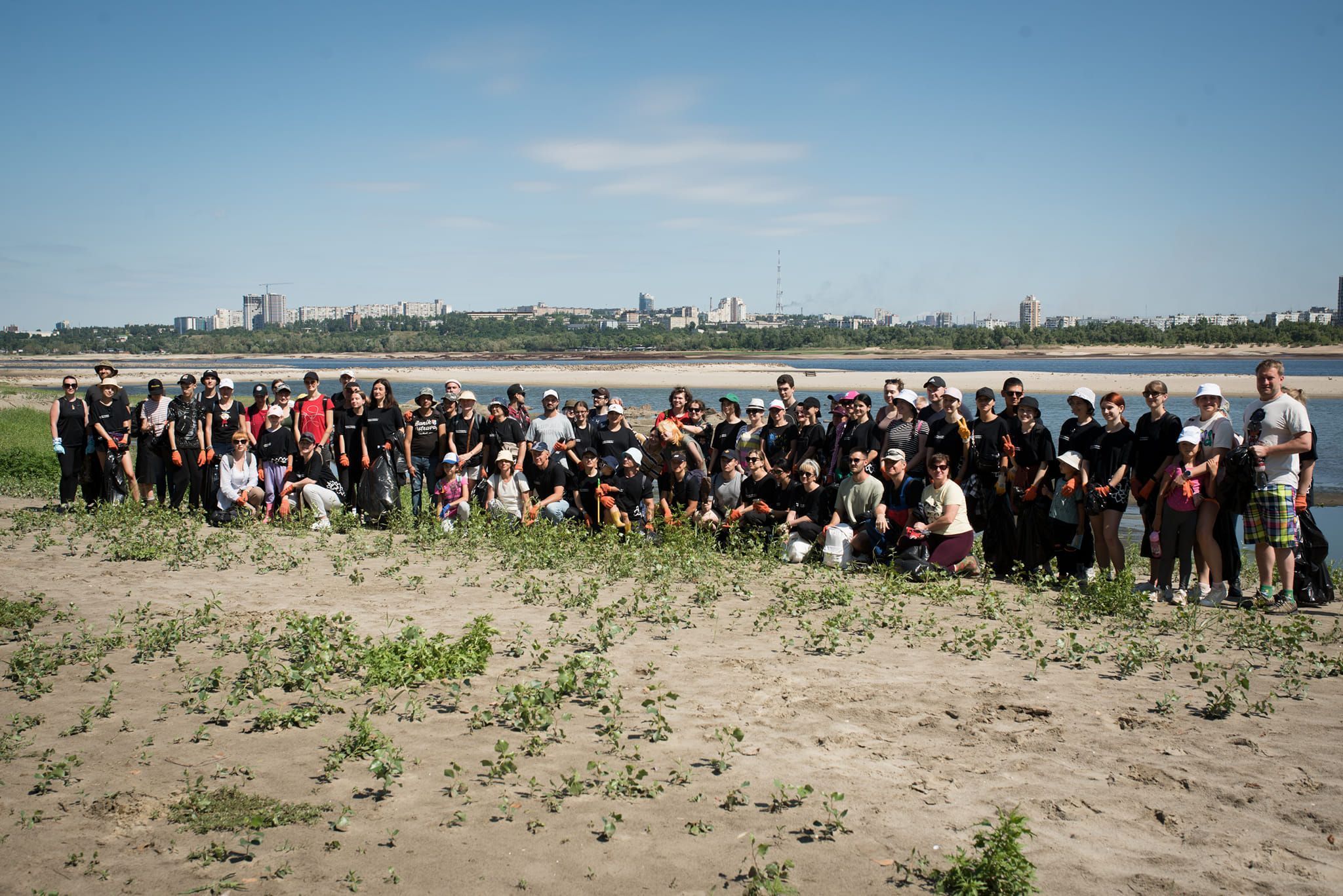
It is noted that the activists plan to continue the clean-up campaign in Khortytsia. To do this, they launched the community_uanimals_bot community in Telegram.
Earlier, EcoPolitic wrote, that in Zaporizhzhia, about 40 rusty barrels were removed from the bottom of the shallow Dnipro River, which had been lying on the bottom for many years and ended up on dry land due to the lowering of the water level after the Russians blew up the Kakhovskaya HPP.
As EcoPolitic reported earlier, in Zaporizhzhia, eco-activists cleaned the washed-up coastline of the Dnipro River on the island of Khortytsi from 8 cubic meters of garbage, including tires, plastic, tin and glass bottles, construction and household waste.

